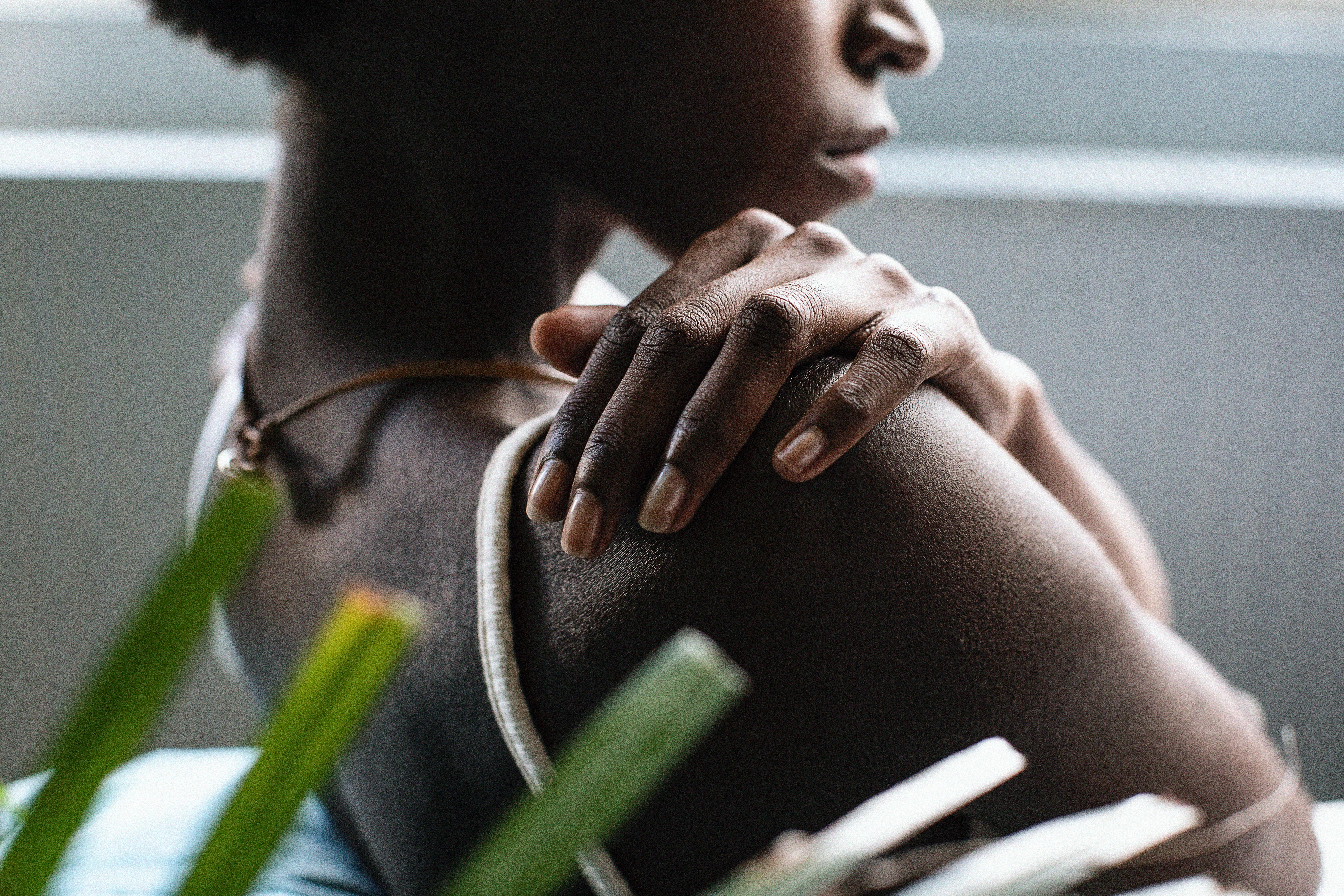Participatory artworks are currently gaining recognition in various media platforms due to their ability to change the roles of different audiences. When new media and digital artworks meet, it often lays a foundation for new audiences’ participation, interaction, and engagement (Deng, 293). When analyzing the digital pieces of art, it is evident that most artists have used earlier artworks and the broader social and cultural environments they inhabit to develop new artworks in our societies. One of the recent artworks that are trending in most of the digital platforms is the curated nails. With the growing digitization, artists in different countries, including China, use digital platforms to mobilize their diverse projects (Deng, 294). By analyzing curated nails, it will lay a foundation for understanding its sociocultural aesthetics and political contexts. Additionally, more insights will be provided concerning how digital artworks are concerned with participatory aesthetics.
Research Questions
- What are the techniques that will be used to sustain digital arts, such as curated nails?
- Who is responsible for documenting digital arts?
- How do intellectual property and copyright operate in the new digital terrain of artwork?
Historical and Conceptual scope of digital art (Curated Nails).
Digital art first gained recognition in the early 1980s when a group of computer engineers developed a paint program that was the first ever to use paint to draw large portraits. In the 1990s, various technological advancements have resulted in artists downloading different images and manipulating them based on their preferences (De Kloet, n.p). These features gave artists freedom that enabled them to create images that are appealing to their target audiences. With the emergence of diverse participatory approaches, the digital platforms have also enabled the audience to be interactive and have some amount of control in the final image of artwork, just like the case of curated nails (Bell, 74). This project’s scope is to analyze how digital media has been used to shape and develop curated nails among different audiences.
Description of the objects of Study (Curated Nails)
Curated nails are one of the art projects primarily concerned with the experimentation on mails and their surrounding environments. Ye Fauna is the founder of curated nails and occasionally invites curators from different backgrounds to showcase their artistic skills through the tiny spaces of nails (Holt, 146). By doing so, Ye Fauna has helped the contemporary society to break the daily display and exhibition of art.
The decoration of nails is a concept that first appeared on various religious platforms. People from diverse religious backgrounds viewed the totem that they worshiped on nails as blessings (Holt, 147). Nails are an essential part of the human body; as a result, it is often constantly in touch with the outside world. Nails are also a necessary feature of appearance; as a result, different artists use them as a platform for showcasing their personalities. During ancient times, most girls used their nails to showcase their beauty (Holt, 148). However, with the current changes in our societies, regardless of gender, race, or ethnic groups, most artists are using nails as an exhibition platform.
With different artists being invited to participate in the curated nails projects, the artists have devised various strategies for attracting new audiences. When the curated nail art concept first emerged, most artists invited their audience through diverse social media platforms, with the common one being WeChat. However, with the current changes in our societies, nail salons are located in different places, including in malls and streets. Due to such changes, the nail art industry has expanded and is now exhibited offline, resulting in audiences from different platforms being attracted to curated nails.
Works Cited
Bell, David M. “The politics of participatory art.” Political Studies Review 15.1 (2017): 73-83. https://journals.sagepub.com/doi/abs/10.1111/1478-9302.12089
De Kloet, Jeroen, Yiu Fai Chow, and Lena Scheen. Boredom, Shanzhai, and digitization in the time of creative China. Amsterdam University Press, 2019. https://library.oapen.org/handle/20.500.12657/24328.
Deng, Zoénie Liwen. “3.4 Participatory Art On-off a Digital Platform a Mobius Strip: On Cyber Nails in Curated Nails.” Boredom, Shanzhai, and Digitization in the Time of Creative China. Amsterdam University Press, 2019. 291-298.
Holt, Matthew. “Transformation of the aesthetic: Art as participatory design.” Design and Culture 7.2 (2015): 143-165.








